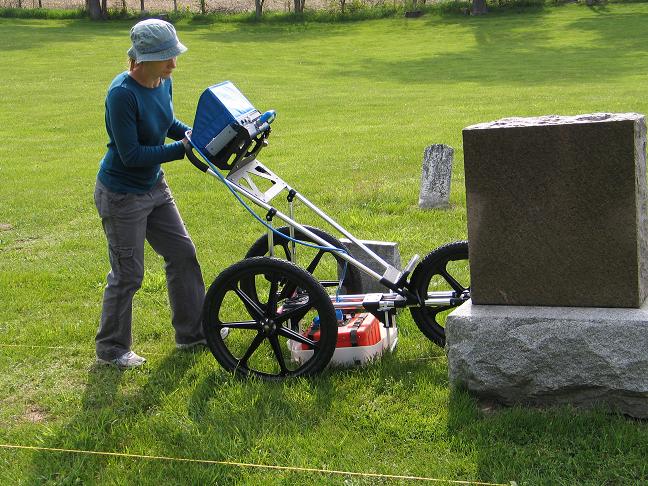|
Ground Penetrating Radar is a tool that uses
electromagnetic waves to image the subsurface. The electromagnetic
waves from the antenna are reflected by subsurface contrasts in conductivity,
magnetic permeability, and dielectric permittivity. The surface
arrival time and amplitude of these reflections are recorded by the control
unit and used to generate a GPR profile output, similar to seismic survey
output.
This technique can be used to locate
subsurface utilities, underground storage
tanks (USTs), stratigraphic boundaries, unmarked graves, trenches, and
foundations.
The Near Surface Geophysics Lab at
Kutztown University owns a
GSSI
SIR 3000 GPR System
and
SIR 4000 GPR System
with 1.6GHz, 900MHz,
500MHz, 400MHz,
270MHz, and 200MHz
antennas and the processing software
Reflexw. The Lab also has a
Pre-FCC 300MHz and 70MHz antenna.
|
 |